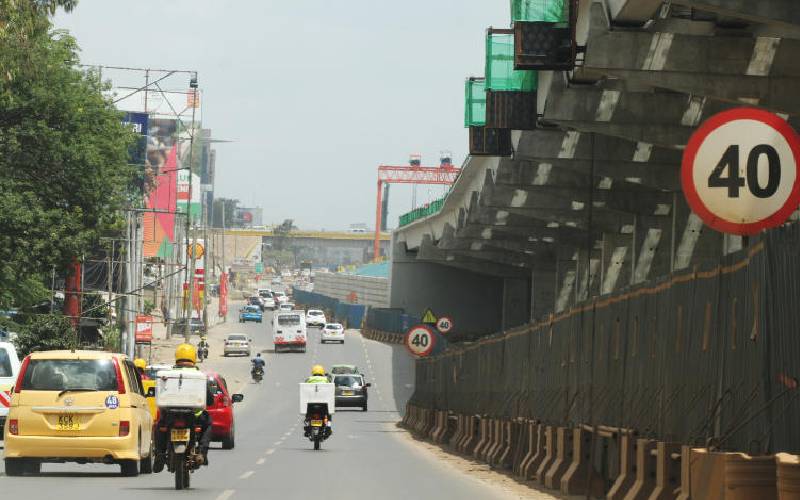
A section of the Nairobi Expressway between Nyayo stadium and Belle View along Mombasa road under construction. [Elvis Ogina, Standard]
With Kenya’s General Election less than a year away, the season of political promises is in full flow. Coming just before President Uhuru Kenyatta delivered his final Jamhuri Day address, ODM leader Raila Odinga’s launch of his Azimio la Umoja movement is the latest in a queue of candidate promises, which includes billions for hustlers, tax cuts, debt restructuring and full repayment, more money in our pockets, free healthcare, interest-free capital, and long-term loans for newly-weds.